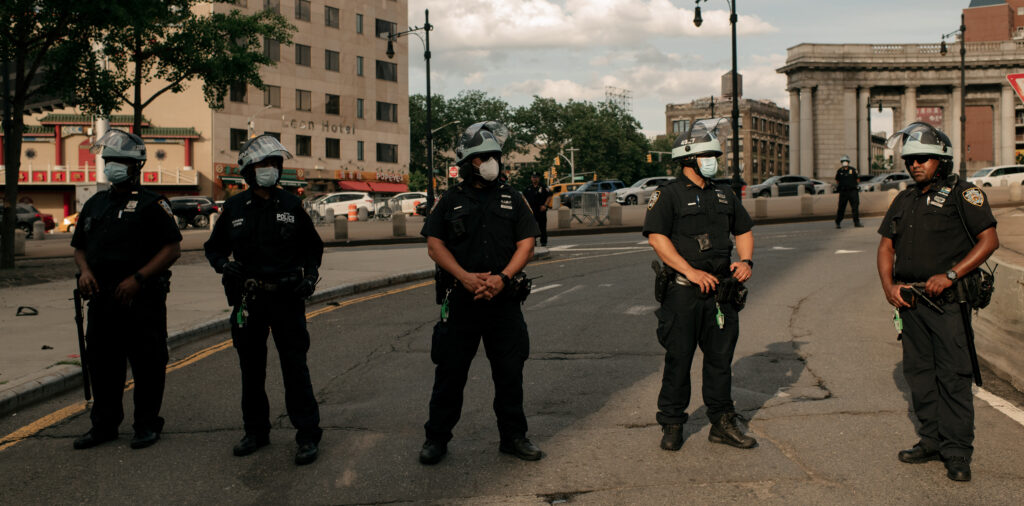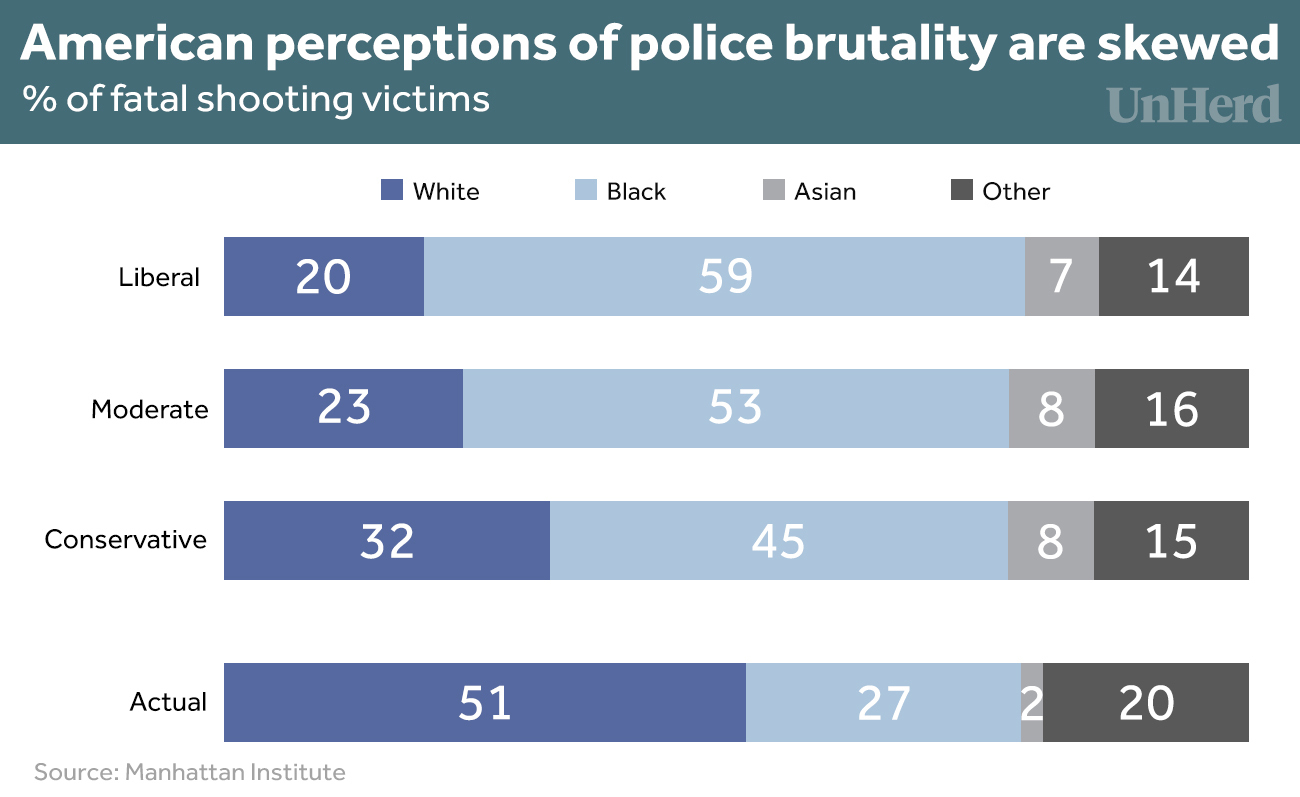Source: Americans vastly overestimate police brutality – The Post
New research found that liberals are particularly susceptible

Public perceptions of police brutality are heavily skewed. Credit: Getty
The recent conviction of Tou Thao, an officer involved in the killing of George Floyd, marks yet another chapter in the ongoing national conversation about police brutality and racial bias. This case, and the protests it ignited, thrust the issue into the media spotlight, shaping public perceptions of police violence against black Americans. But, as urgent and resonant as these events have been, it’s still critical to ask whether the heightened media attention distorted our understanding of the true scale and nature of police use of force.
Findings from my Manhattan Institute report, published today, suggest that it has. Indeed, they reveal that many people hold warped beliefs about both the prevalence and racial distribution of police violence. For instance, the average respondent estimated that over half (54%) of fatal police shooting victims since 2015 were black and that just 23% were white.
In fact, the reality is almost exactly the reverse: 51% of victims were white and 27% were black. Further, while respondents of all ideological orientations guessed incorrectly, the magnitude of the error was significantly larger among liberals (who estimated that nearly 60% and 20% of victims were black and white, respectively) than conservative respondents.

Faulty perceptions extend to estimates of “unarmed” victims. Consider that an average of 7% of all fatal police shooting victims between 2015 and 2022 were unarmed, including 10% of black and 6% of white victims. But according to the average respondent, 41% of all victims were unarmed. Once again, such estimates were significantly larger among liberals (48%) than conservative respondents (26%).
What is behind these misperceptions? They likely have been shaped not only by heavy media attention, but also the media’s wildly disproportionate coverage of unarmed black versus white/non-black victims of fatal police shootings.
This has troubling implications. Despite the media’s unhelpful role in perpetuating fallacies about police brutality, such misperceptions of police use of force and racial differences significantly shape respondents’ policy attitudes. In particular, the more respondents misestimated, the more likely they were to support various de-policing policies, including cuts to both police spending as well as the number of police officers patrolling the street.
The good news is that the data also indicates that popular perception is responsive to informational correction. Respondents were significantly less likely to view police brutality and racism as severe and endemic problems after seeing the official figures. Equally, if not more importantly, they also exhibited greater support for policing-centred anti-crime strategies. And, as expected, these effects were generally stronger for those with relatively poorer estimation accuracy, such as liberal voters.
Misperceptions about police brutality have substantial social and economic costs, especially for those most in need of police protection. They can erode public trust, provoke unrest, and ultimately lead to the enactment of policies that jeopardise public safety, as with defunding initiatives.
Given these stakes, it is vital that news organisations provide greater context and balance in their reporting of police use of force. Ultimately, police reform may still be desirable, but its pursuit does not — and should not — require misleading the public about the nature and scope of the issue.







Leave a Reply
You must be logged in to post a comment.